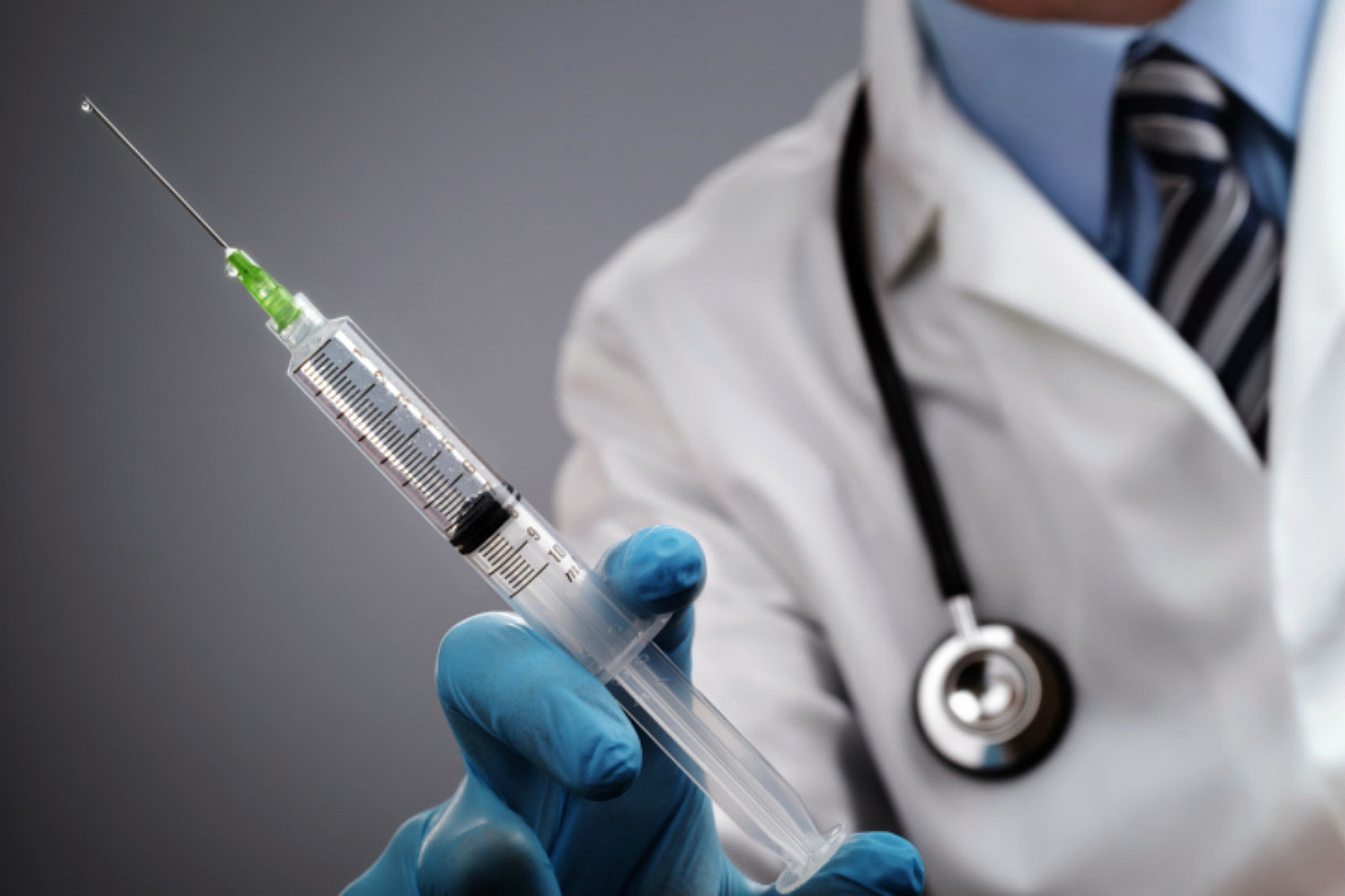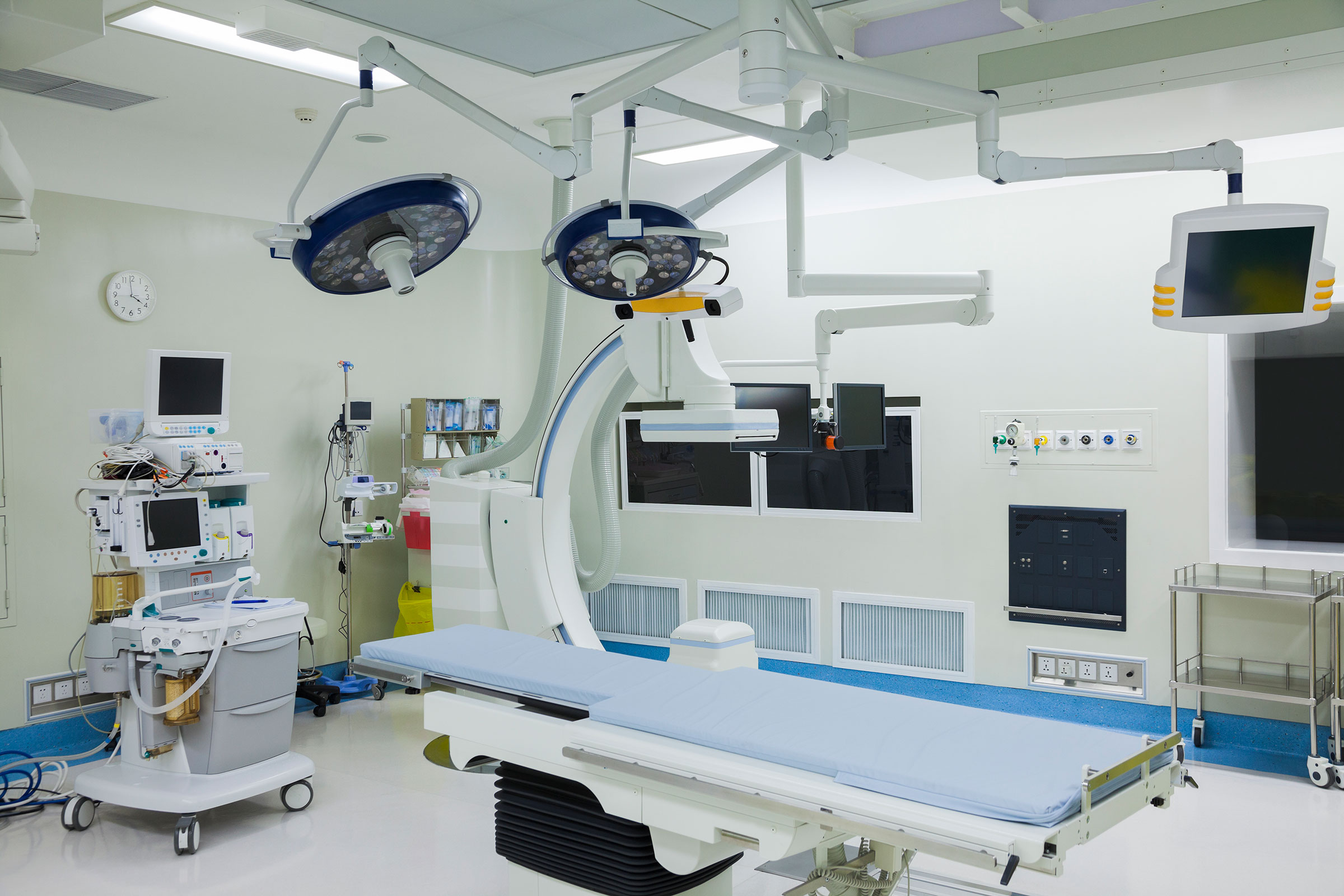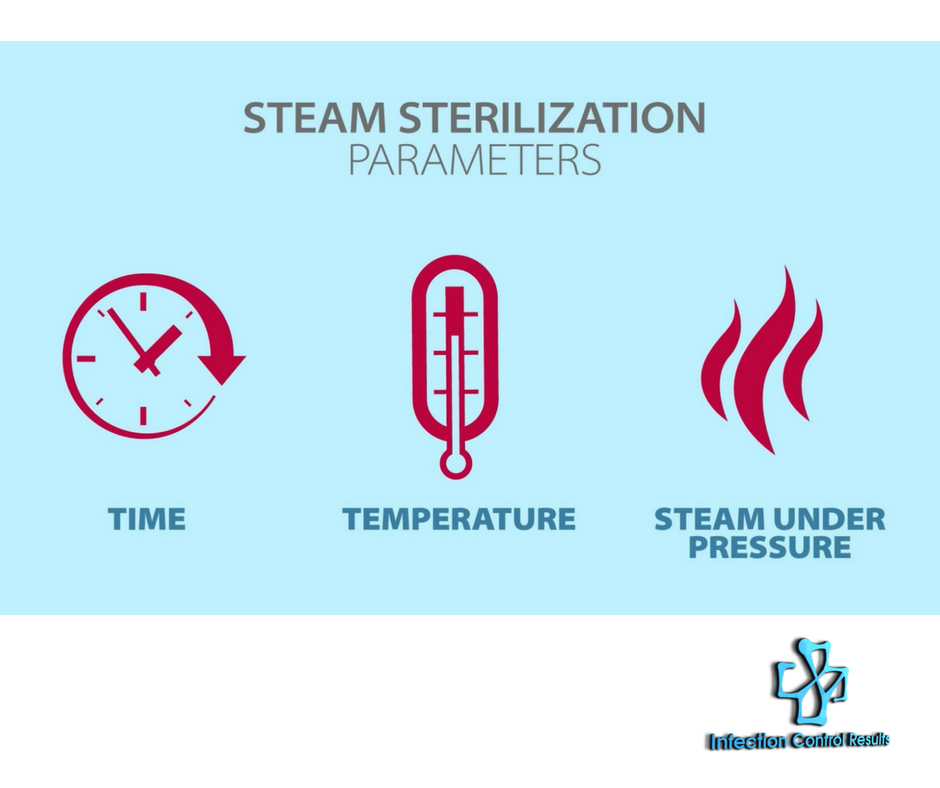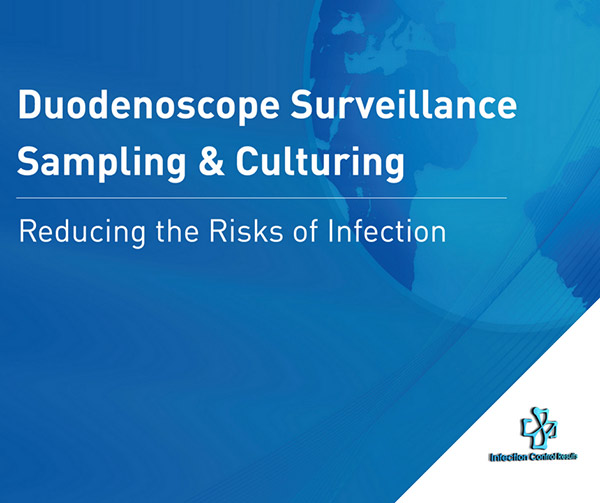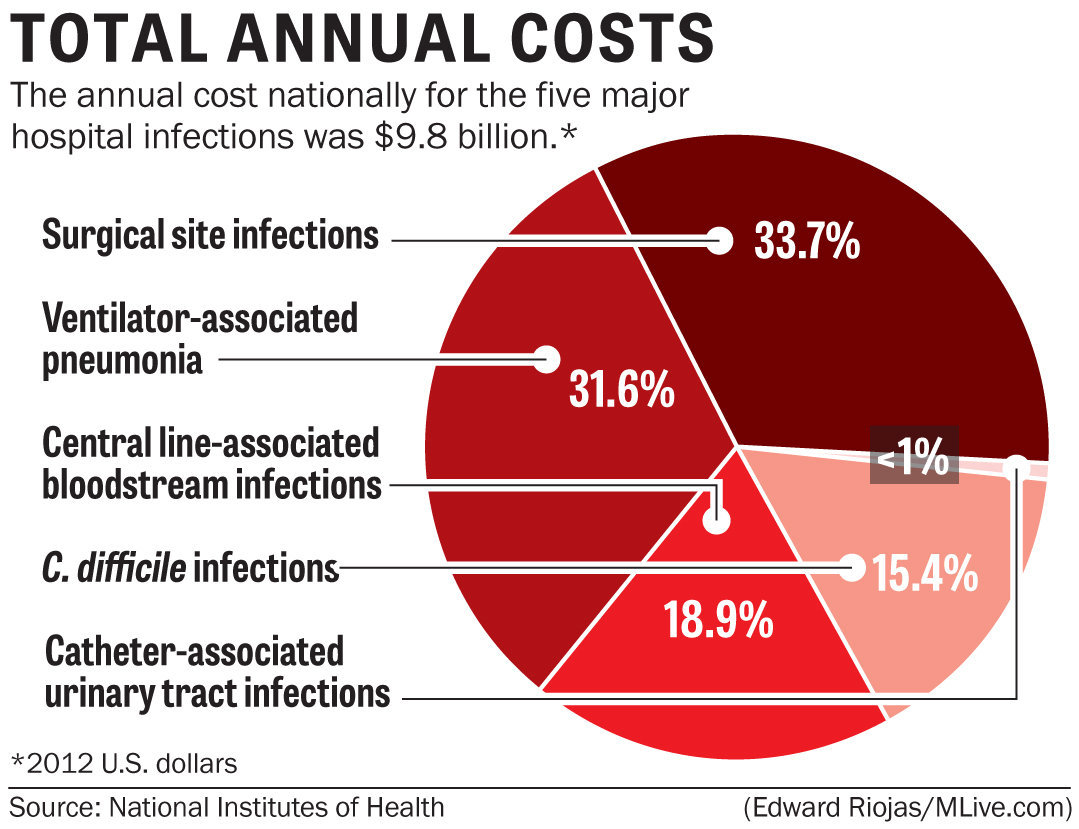Principles of Safe Injection, Infusion, and Medication Vial Handling to Prevent Infections
What went through your mind when you read this title? Perhaps you thought: “Really?” or “Seriously, in developed countries?” The reality is that more than 150,000 patients in the U.S. have been notified to seek screening for hepatitis B (HBV), hepatitis C (HCV) and Human...

